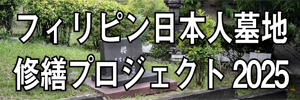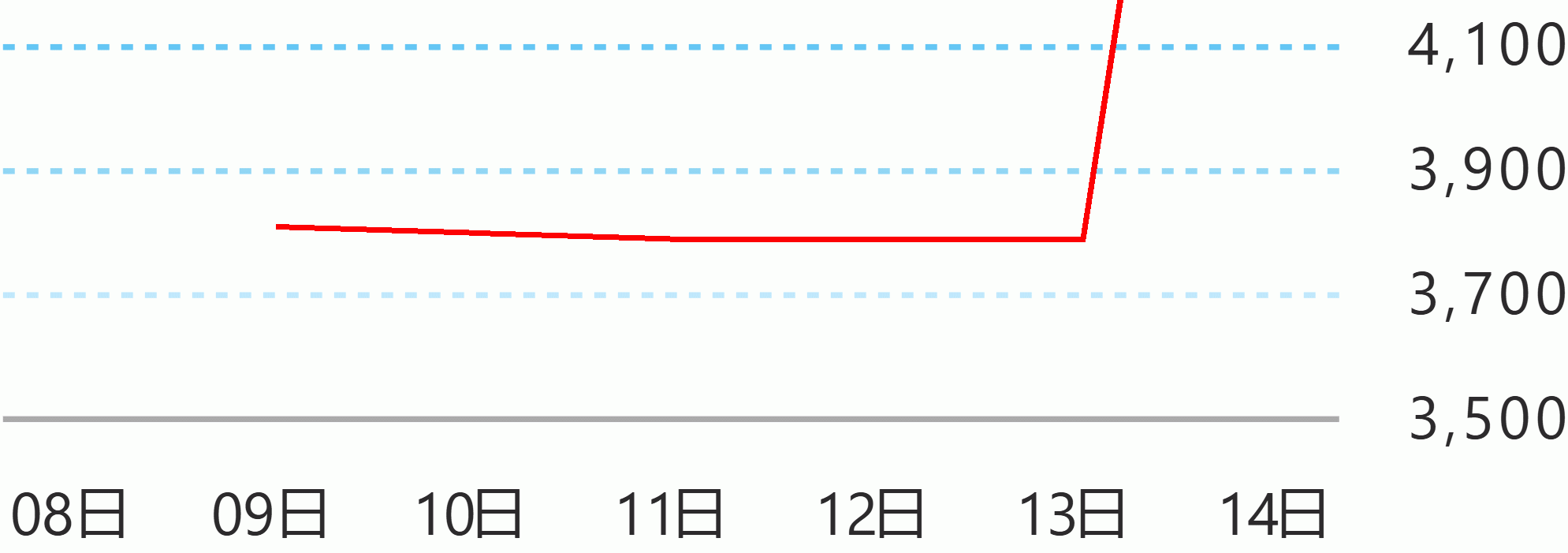The Philippine Atmospheric, Geophysical and Astronomical Services Administration (Pagasa) launched its enhanced National Hydro-Met Observing Network interactive platform to raise awareness and promote proactive measures in addressing typhoon and flood-related hazards, as the country expects at least 12 typhoons in 2025.
During a forum. Pagasa Assistant Weather Services Chief Ana Liza Solis said that the relaunched platform features gridded forecast integration for improved spatial accuracy for rainfall accumulation, temperature, wind, and pressure.
It has consolidated all regional warnings into a centralized alert system that is displayed through interactive, color-coded markers with complete hazard information.
Solis said Pagasa is expecting 12 to 21 typhoons to enter the Philippine Area of Responsibility (PAR), with eight to nine storms expected to make landfall.
Historical data from Pagasa showed that 19 to 20 storms form in PAR on average, yet heavy rains are still expected as the southwest monsoon is enhanced during storms, which are created within Intertropical Convergence Zones (ITCZ), may cause a series of low pressures areas to form that may turn into typhoons.
Solis said that the rainy season, which started on June 2, is within the normal range of declarations when compared to previous years.
“We’ve only had one tropical cyclone, and it only lasted a few hours. If we’ve noticed, it always rains in Mindanao in the past weeks and months because the ITCZ is still there,” Solis said.
The presence of the easterlies in the Luzon area has also contributed to the weakening of the habagat, allowing the oscillation of the ITCZ up north to Luzon.
“Usually, the ITCZ is the breeding place of tropical cyclones. When it oscillates, when we have this pattern, we can expect rains in Northern Luzon and the start of the storms,” Solis added.
Severe tropical storms and super typhoons are still possible despite the absence of La Nina, and preparations for such must be continued due to the observance of rapidly intensifying storms in recent years.
“If we look at historical records, severe tropical storms and typhoon categories are the usual storms we experience. A super typhoon is still possible, even if there’s El Nino or La Nina, even if our habagat is normal, it all depends on the initial condition of the atmosphere. We’re seeing rapidly intensifying storms,” Solis explained. Velle White/DMS





 English
English









